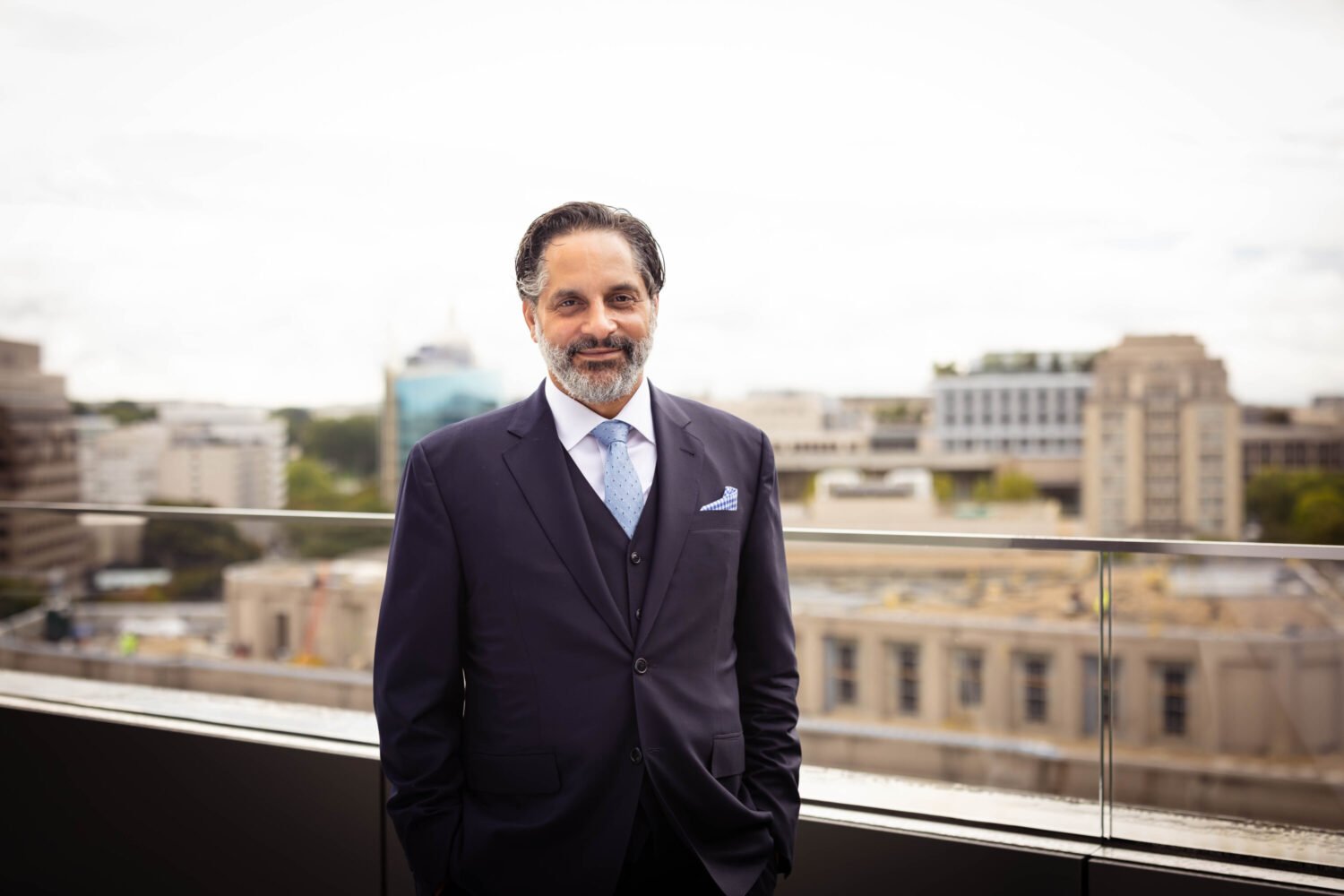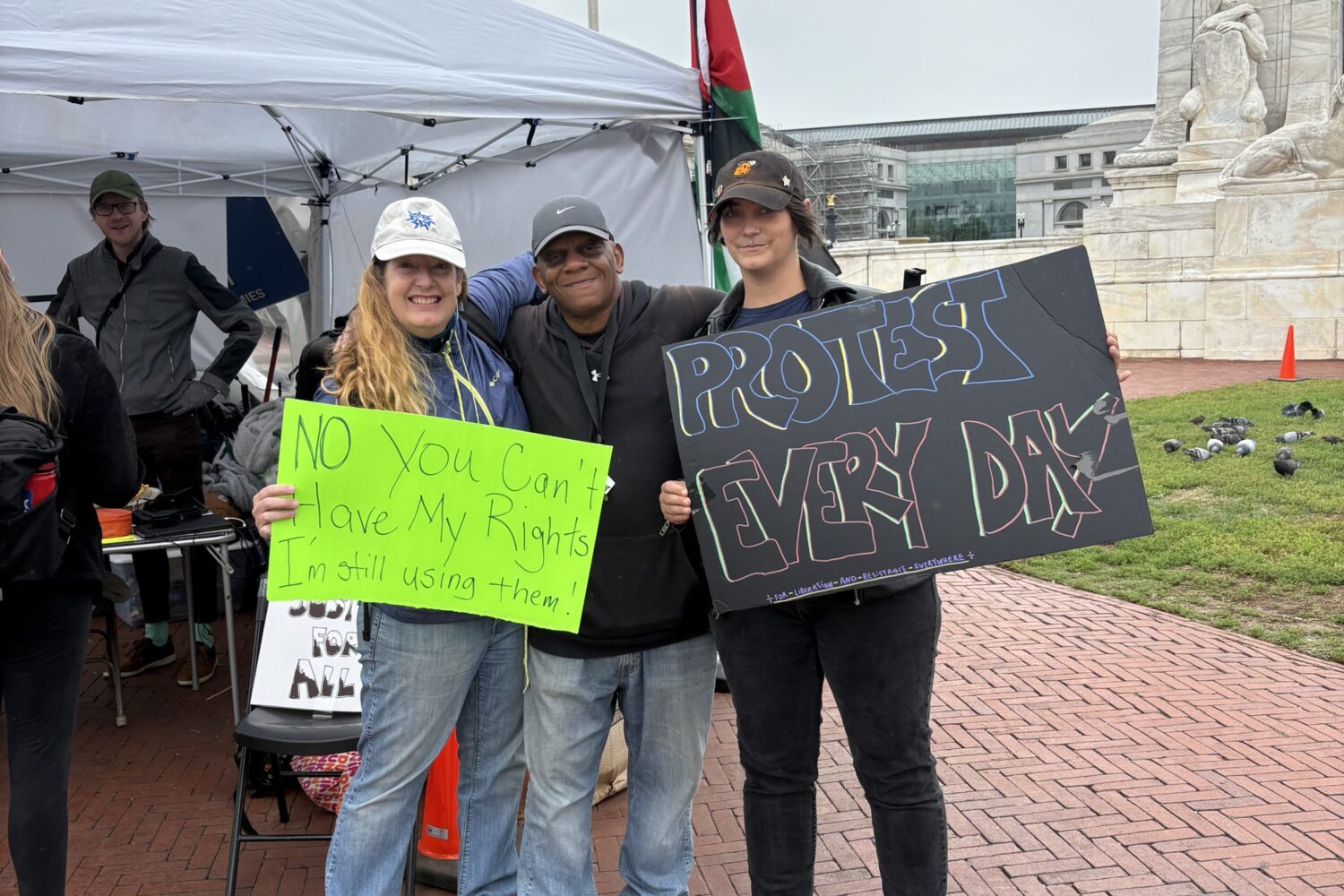Related:
Top Therapists 2009
Getting Back Your Life
How to Tell If a Child’s Anxiety Is Cause for Concern
Do You Control Your Technology? Or Does It Control You?
Stressed? Learn to Recognize Your Triggers and Find Calm
By the time children arrive at the anxiety clinic at Children’s National Medical Center, most are in distress. Their schoolwork may be suffering. They may be avoiding friends or having difficulty sleeping. They may be refusing to travel with their families.
Anxiety disorders tend to go unrecognized longer in children than in adults because children are unlikely to understand the problem and ask for help. A parent or other adult has to notice that something’s wrong.
“Often, the kids who are affected are labeled as very good kids,” says Candice Alfano, a clinical psychologist and director of the Child and Adolescent Anxiety Program at Children’s. “They tend to be shy and to fly under the radar. But this doesn’t mean they are in less distress.”
About 15 percent of children ages 7 to 18 meet the criteria for an anxiety disorder, be it generalized anxiety disorder, separation-anxiety disorder, panic disorder, obsessive-compulsive disorder, posttraumatic stress disorder, or phobias. Many battle two disorders.
Heredity plays a role. A child with an anxious parent is seven times more likely to develop an anxiety disorder, though the type may differ. “It’s the tendency for the disorder that’s transferred as opposed to the specific disorder,” Alfano says.
It’s normal for a school-age child to be nervous before a test and for preschoolers to fear separation from their mother or to worry that monsters are under the bed. But when a child of eight or nine is afraid to sleep alone or if test anxiety becomes excessive, this could signal a problem.
Anxiety in children tends to show up in avoidance behaviors or in somatic symptoms such as chronic headaches, difficulty breathing, stomach problems, or a rapid heart rate.
Medication and cognitive-behavioral therapy (CBT)—a form of talk therapy that teaches new ways to think and act—are typical treatments. “CBT can help children turn around unrealistic thoughts, like ‘If I get a B, I’m worthless,’ ” says Marcia Grenell, a Falls Church psychologist who treats children and families. “It can help children to examine how true these types of thoughts are and teach them to balance them out with something more realistic, such as ‘Nobody’s perfect all the time. I can make a mistake and still be a good person.’ ”
Keeping parents abreast of the child’s development in therapy is important; that way, the parent can encourage the child to practice new skills. And catching disorders early is critical. Adults who never received treatment for childhood anxiety disorders are more likely to struggle in careers and relationships. Children with untreated anxiety are prone to depression, substance abuse, and other mental-health problems.
This checklist can help determine whether a child is at risk:
• Does the child’s fear seem developmentally appropriate?
• Can it be reasoned away? In the case of a monster under the bed, for instance, does the child feel better when reassured there is no monster?
• Does the child’s fear persist over time?
• Does the fear result in avoidance, such as refusing to attend school?
• Does the fear keep the child or family from functioning normally? Or, as Alfano puts it to a child: “Does your anxiety mess you up? Does it stop you from having fun?”
This article first appeared in the July 2009 issue of The Washingtonian. For more articles from that issue, click here.

















